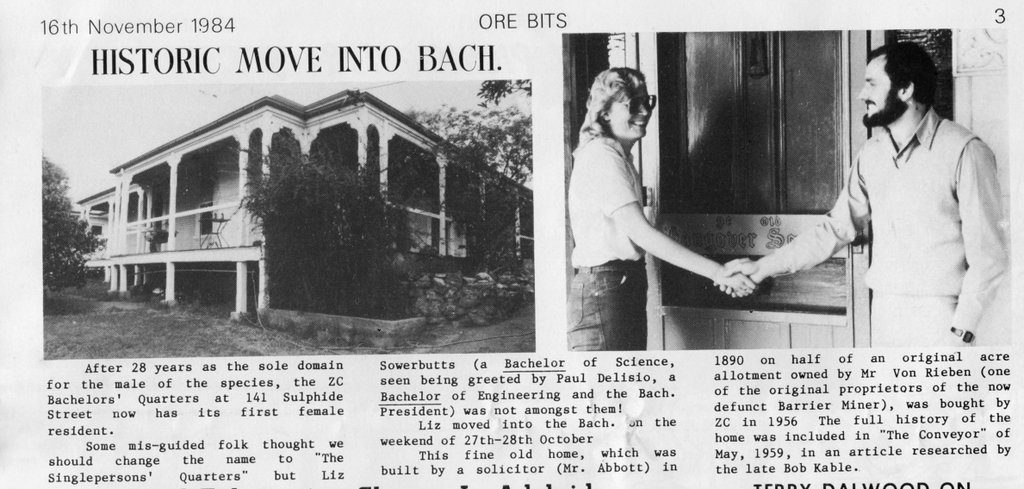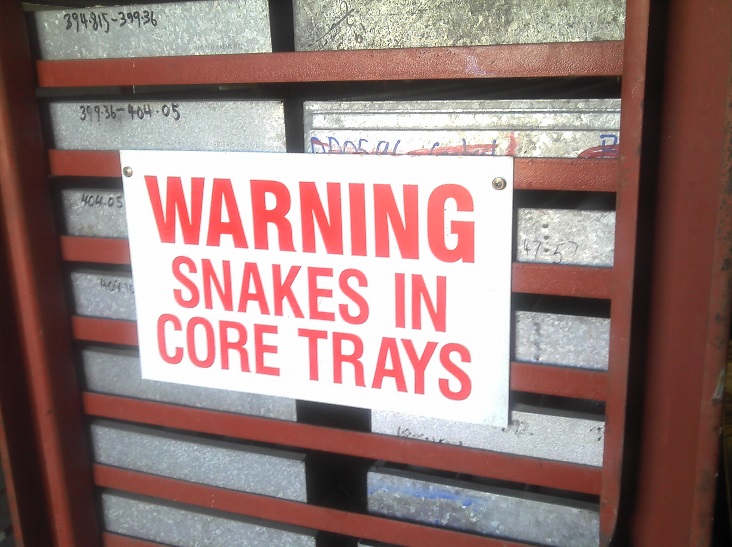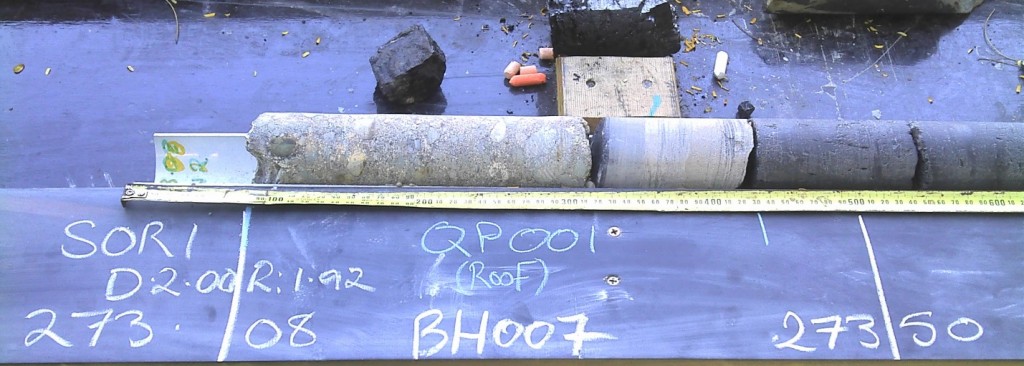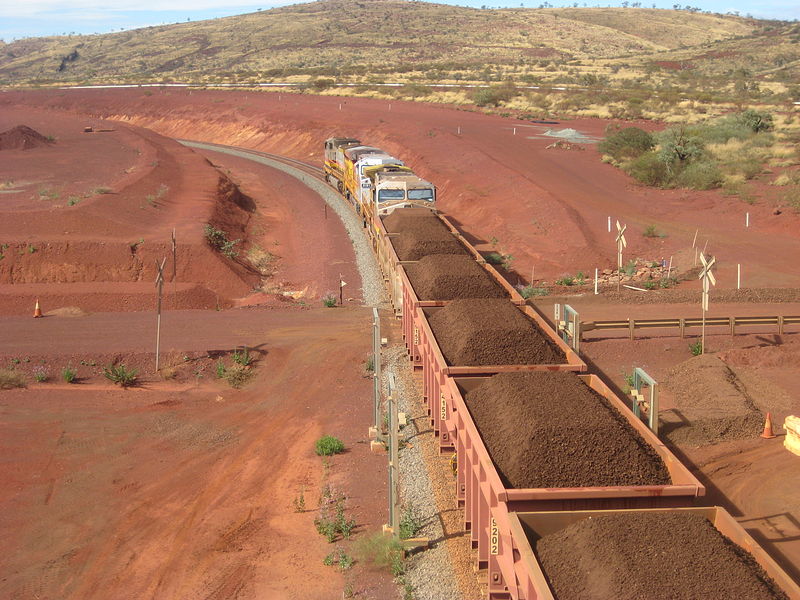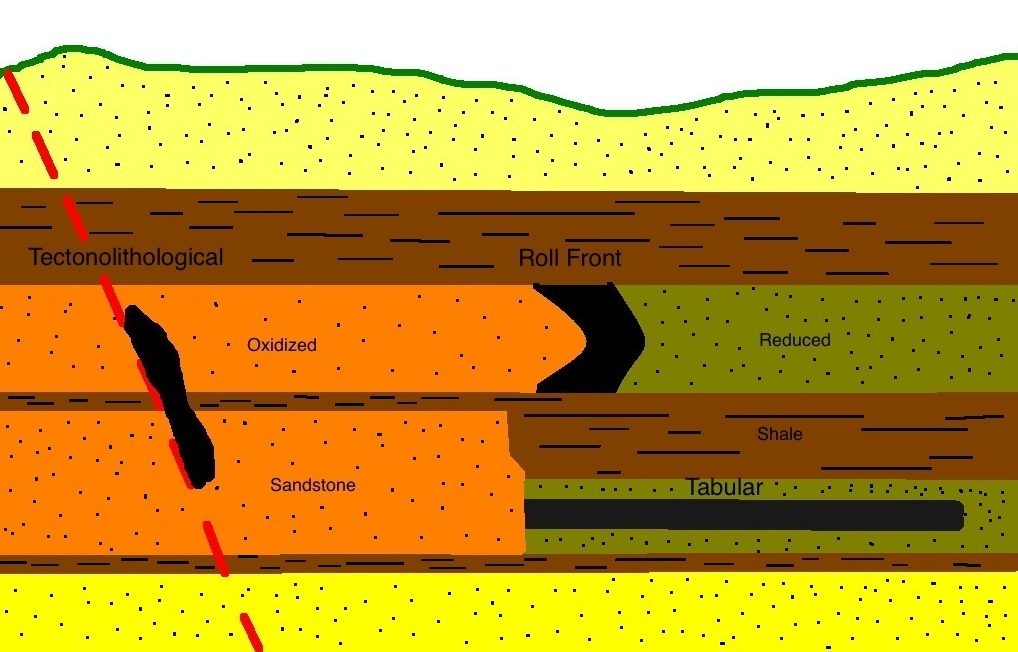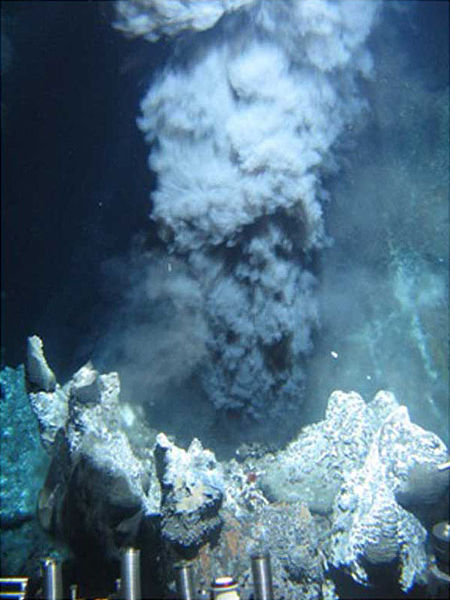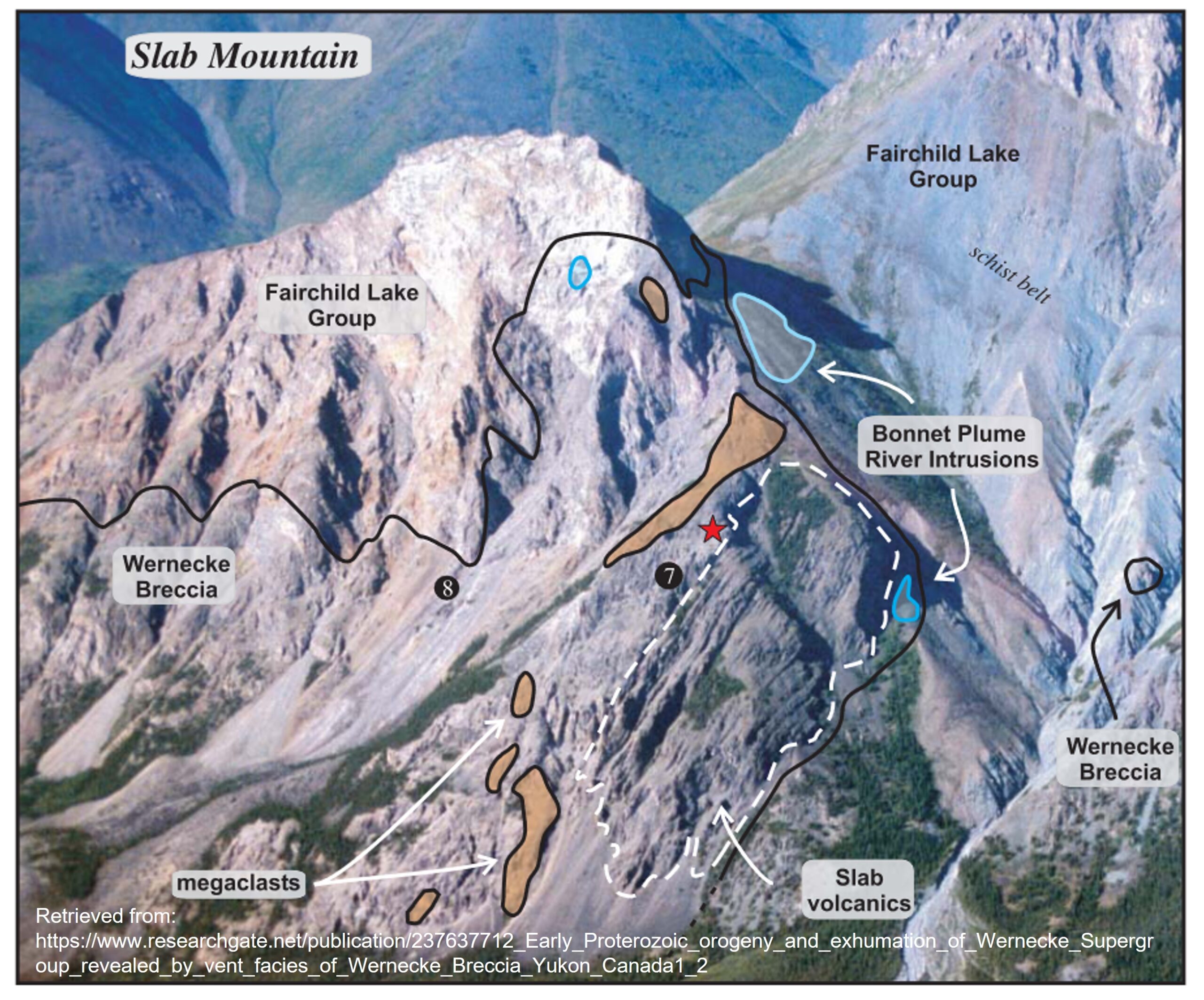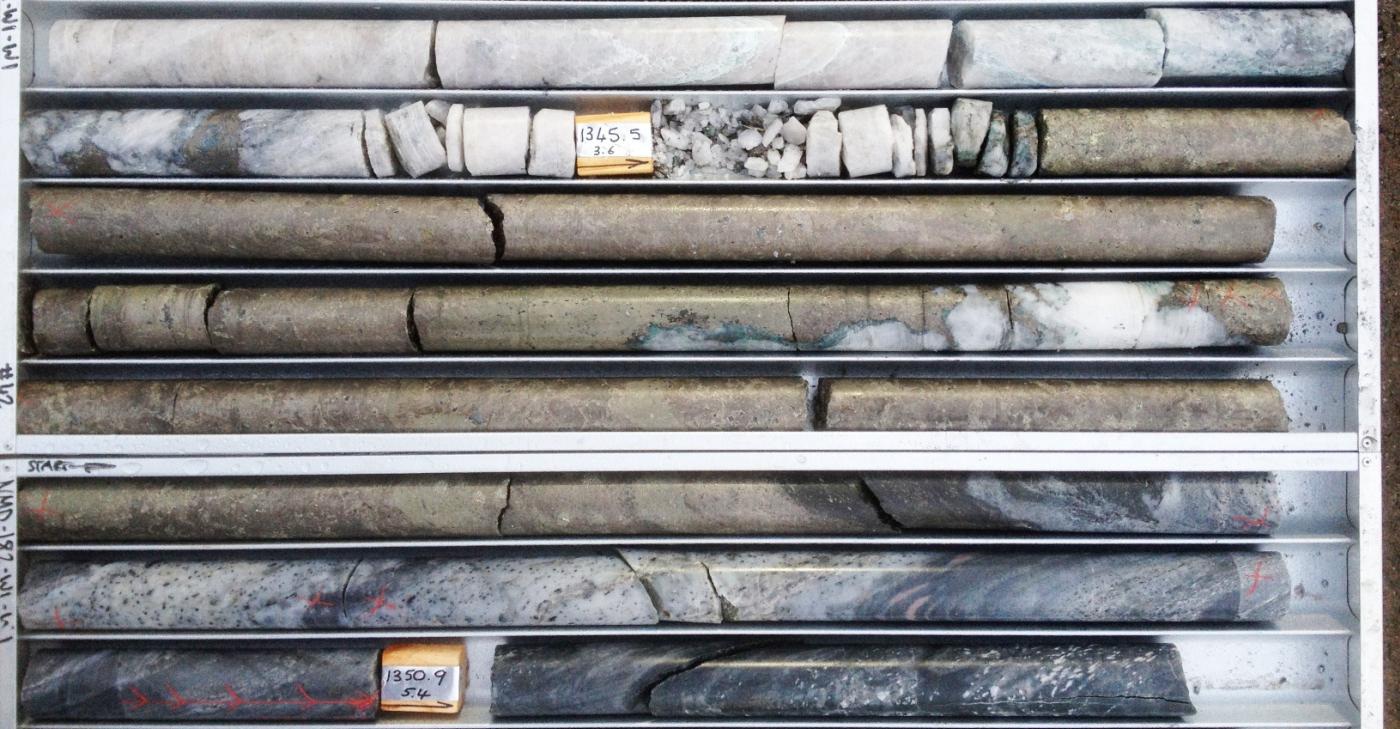Mining operations exist solely to produce valuable commodities while making profits for investors and key stakeholders. All mining executives are extremely aware of production costs and the need to ensure optimum production levels. If a mine can’t produce, it can’t make a profit.
Mine management is always attempting to increase efficiencies and cut costs in any way possible. However, in spite of the best efforts of management, circumstances can sometimes conspire against smooth, on-schedule production.
Mine production targets need to be carefully developed, with assessment of all factors which could affect production and the mine’s profitability.
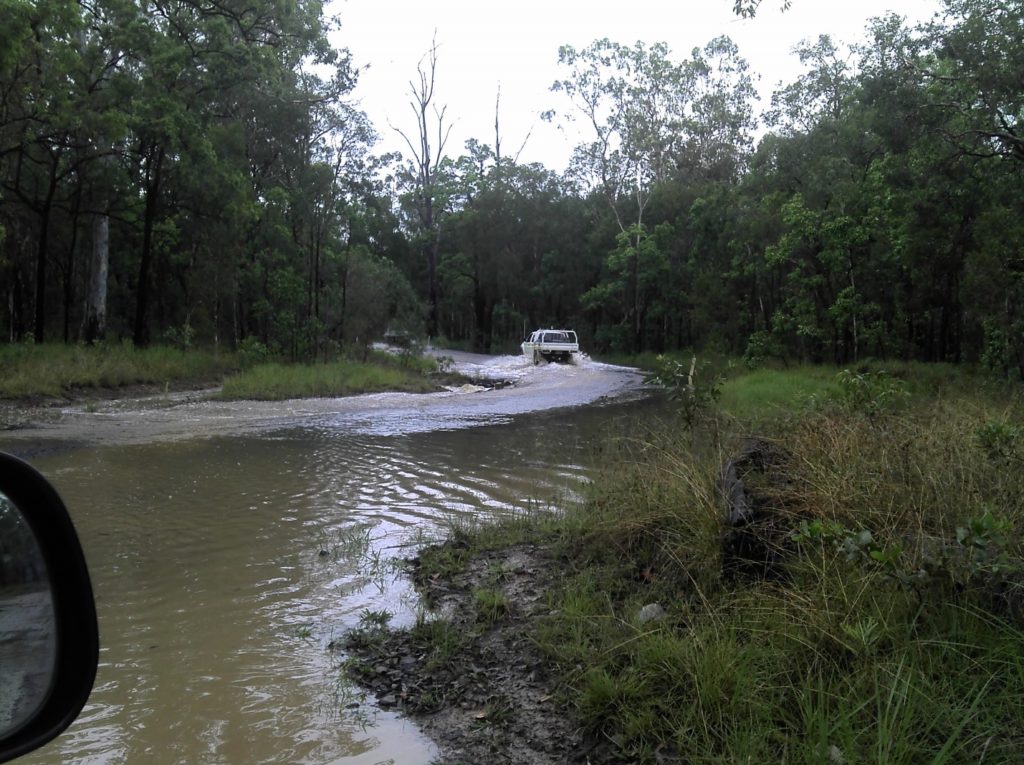
Weather Delays
One of the principal culprits behind production delays in both large and small mining operations is completely outside of the control of even the best managed operations. Weather accounts for hundreds of lost production days each year, and this trend shows no sign of decreasing.
Flooding can make open pit and exploration sites unsafe at the very least, and in the worst-case scenario, they may become inaccessible. Flooding can also affect underground mine sites as well, with disastrous consequences. Rain can also wreak havoc on uncovered mine stockpiles, as excess moisture can damage certain types of ore, and reduce the value of the product.
Extreme heat and cold can also bring production to a halt. Much mining work is still manual which that extremes in temperature can cause unsafe working conditions. It’s also not good for machinery as any oils and lubricants lose effectiveness and at very high or low temperatures and may need to be shut down to prevent damage.
Dangerous winds can make drilling impossible, and electrical storms cause crews working near metal structures to shut down work until the storm has completely passed.
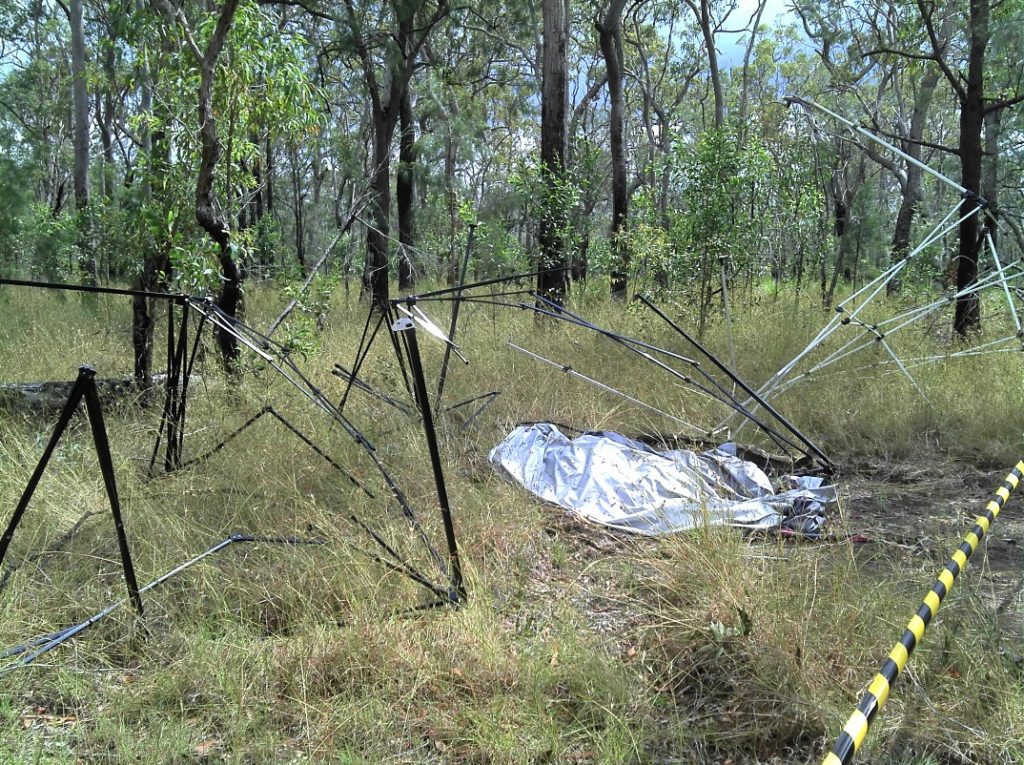
People Issues
Political issues can also directly influence mining operations. Many countries with significant mining industries suffer from serious industrial unrest from time-to-time. These situations cannot only shut down mine production either temporarily or permanently, but can also result in injury and loss of life if confrontations between striking workers and authorities turn violent.
Political pressure from communities in close proximity to mines can also force both short and long-term work stoppages. In more developed countries, these pressures are often related to environmental concerns. In countries that are less developed, political pressure often takes the form of wage, working conditions, or benefits lobbying. In regions where the local indigenous population has a strong voice, cultural heritage and land rights matters can also delay or even halt production.
Occasionally, remote sites may be the targets of vandalism for a number of reasons, which can damage equipment or product.
Equipment Failure
Smaller-scale production delays happen on a daily basis at operating mines, and most can be tied to mechanical failure of equipment due to wear and tear. Mines attempt to prepare for true equipment failure by instituting regular maintenance and replacement schedules, but many times these mechanical issues are unforeseen. Air hoses snap, conveyors break, trucks break down, generators die, and crushers jam. Larger operations have extensive crews of diesel fitters, electricians, and other professionals to handle these problems in a timely manner. Smaller outfits, and especially those located in remote areas, often have to wait hours, days, or even weeks for qualified repair personnel or specialized parts to arrive.
Worker Issues
With the growing focus on safety in mines, many operations will halt production temporarily if a safety issue occurs. Many of these issues are caused by mine workers themselves, who may show up for work with a blood alcohol content above 0.0% or without having slept an adequate amount. Random Breathalyzer tests are given at many mine sites, and supervisors are trained to observe staff members carefully for any erratic or inattentive behavior. Mine site workers have varying levels of professionalism, and some will engage in horseplay or otherwise irresponsible behavior. This can result in broken equipment, injury, or loss of production
Supply Line Issues
Transportation issues further down the production chain can also cause production delays or stoppages. Driver strikes, damage to rail lines and roads, high costs of transportation, and inadequate transportation opportunities can all adversely influence a mine’s ability to deliver finished product. As with issues of weather and some political factors, transportation can often fall outside of a mining management’s control.
Management of Production Delays
Mine production targets need to be carefully developed, with assessment of all factors which could affect production and the mine’s profitability. All realistic contingencies must be weighed against a mine’s maximum potential production in order to provide key stakeholders and investors with an accurate picture of the mine’s likely production.
Subscribe for Email Updates

